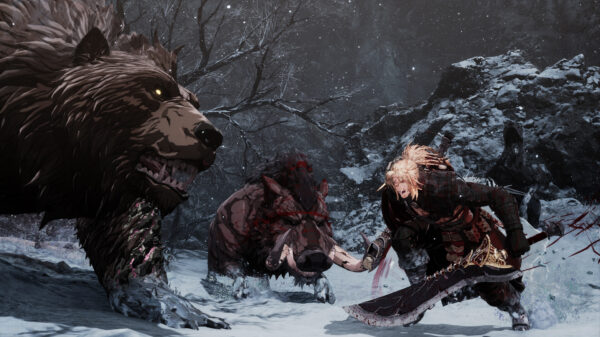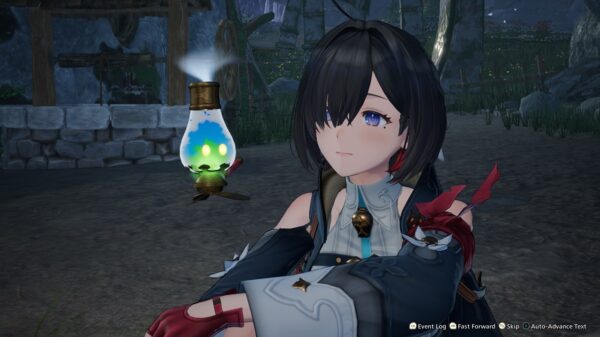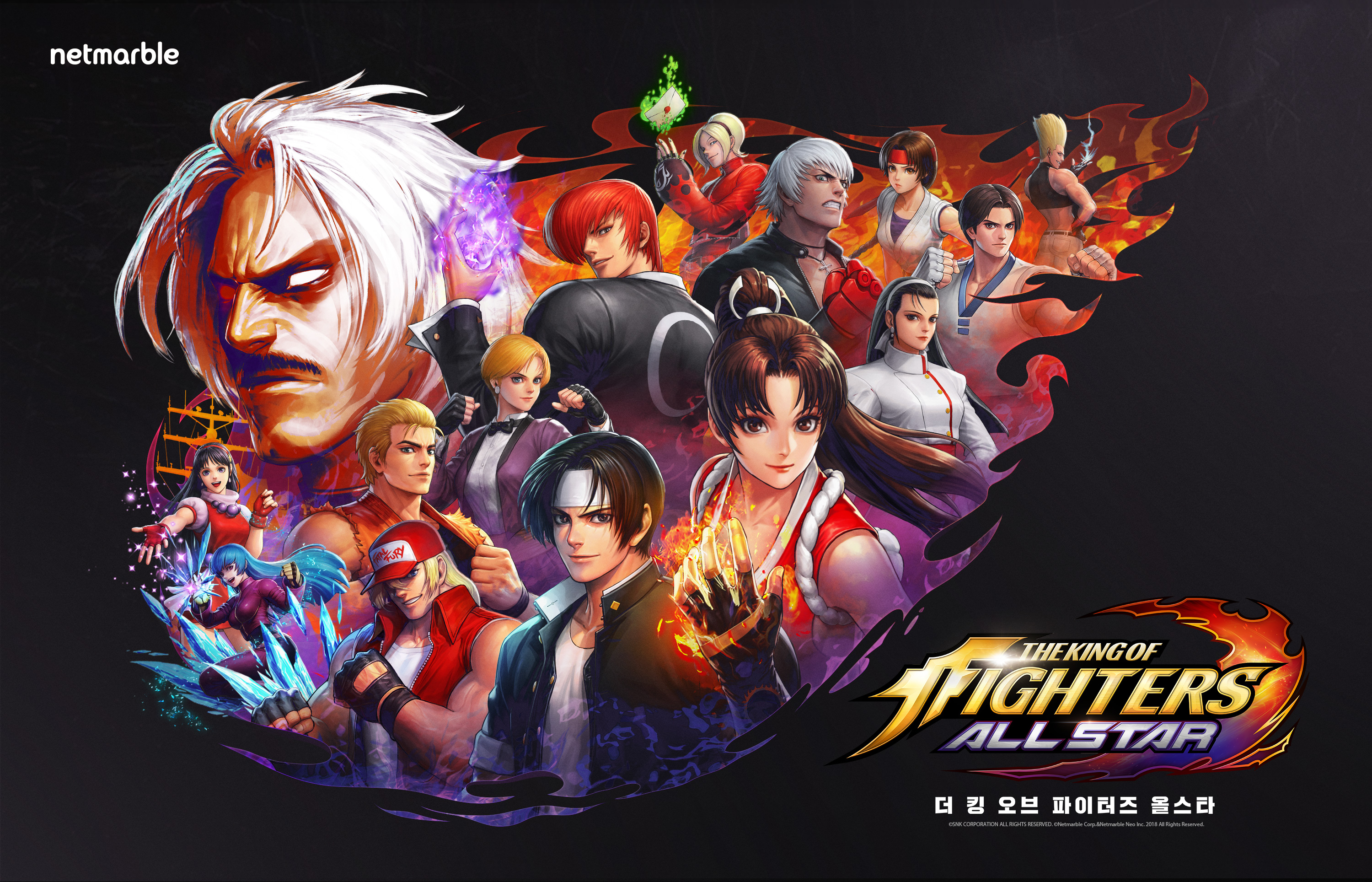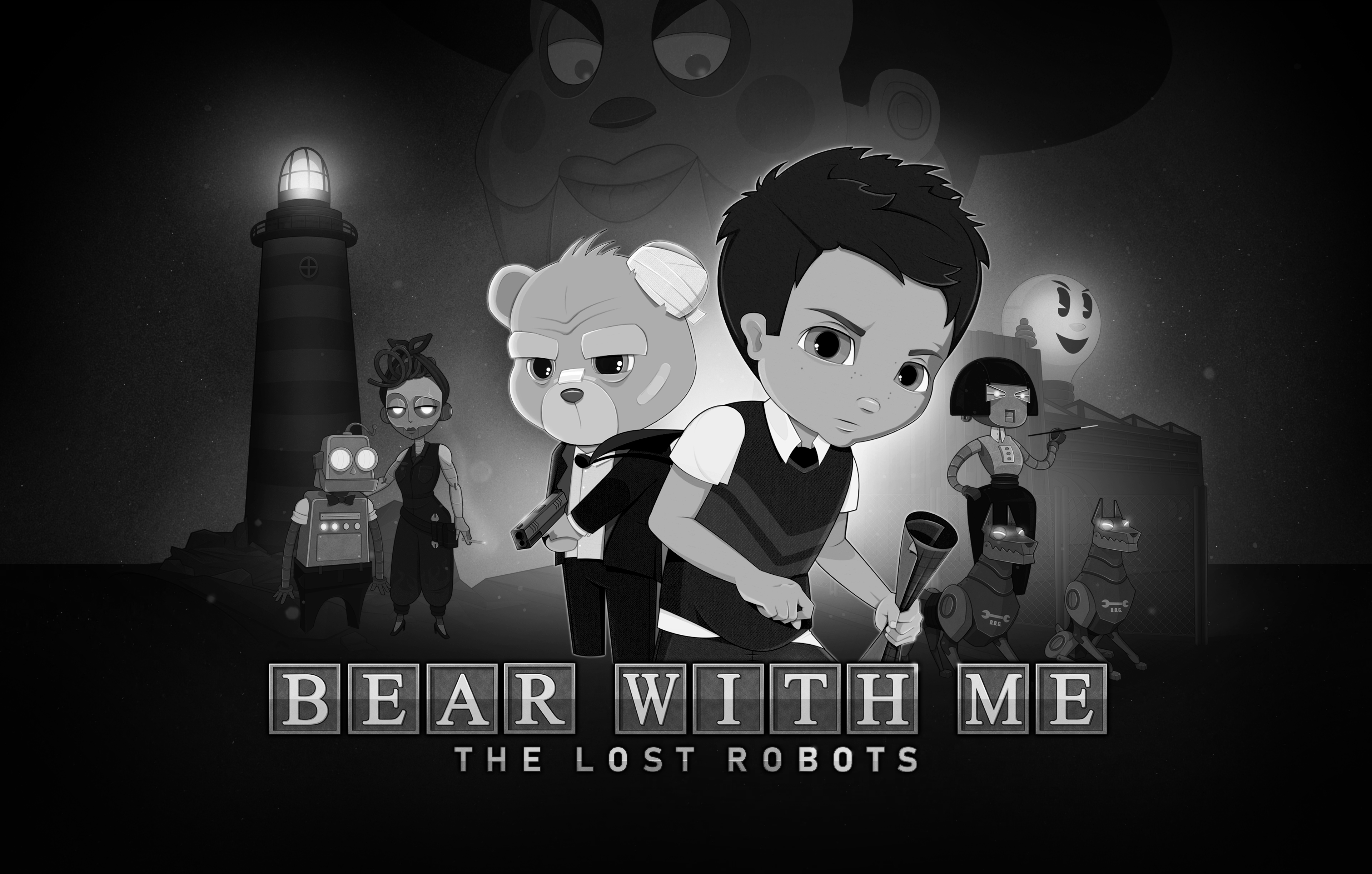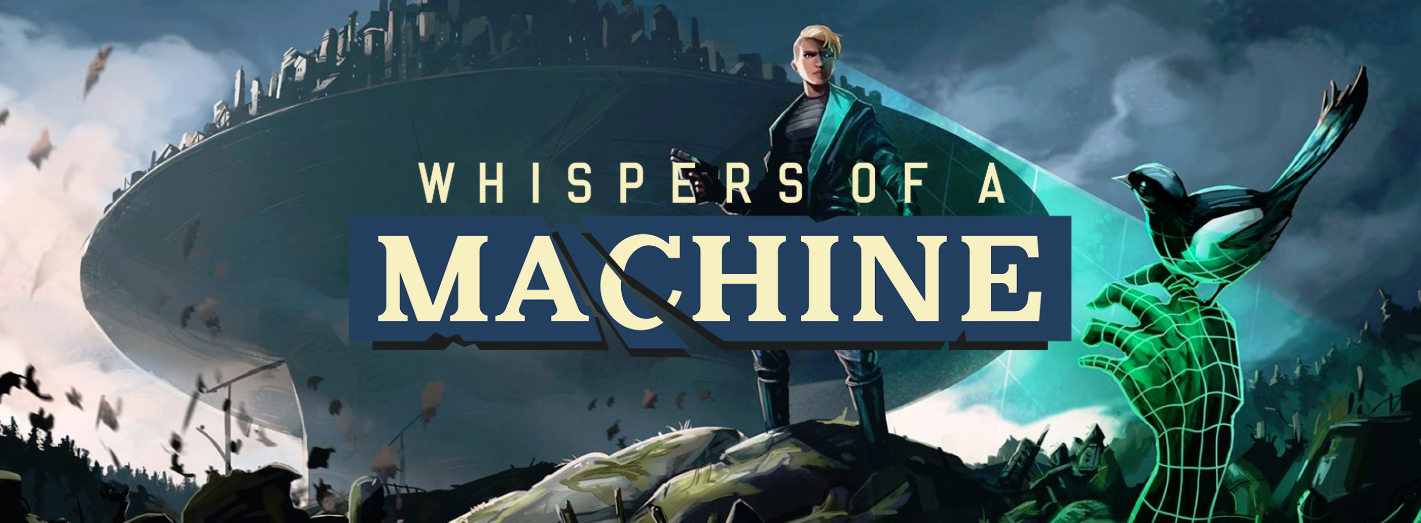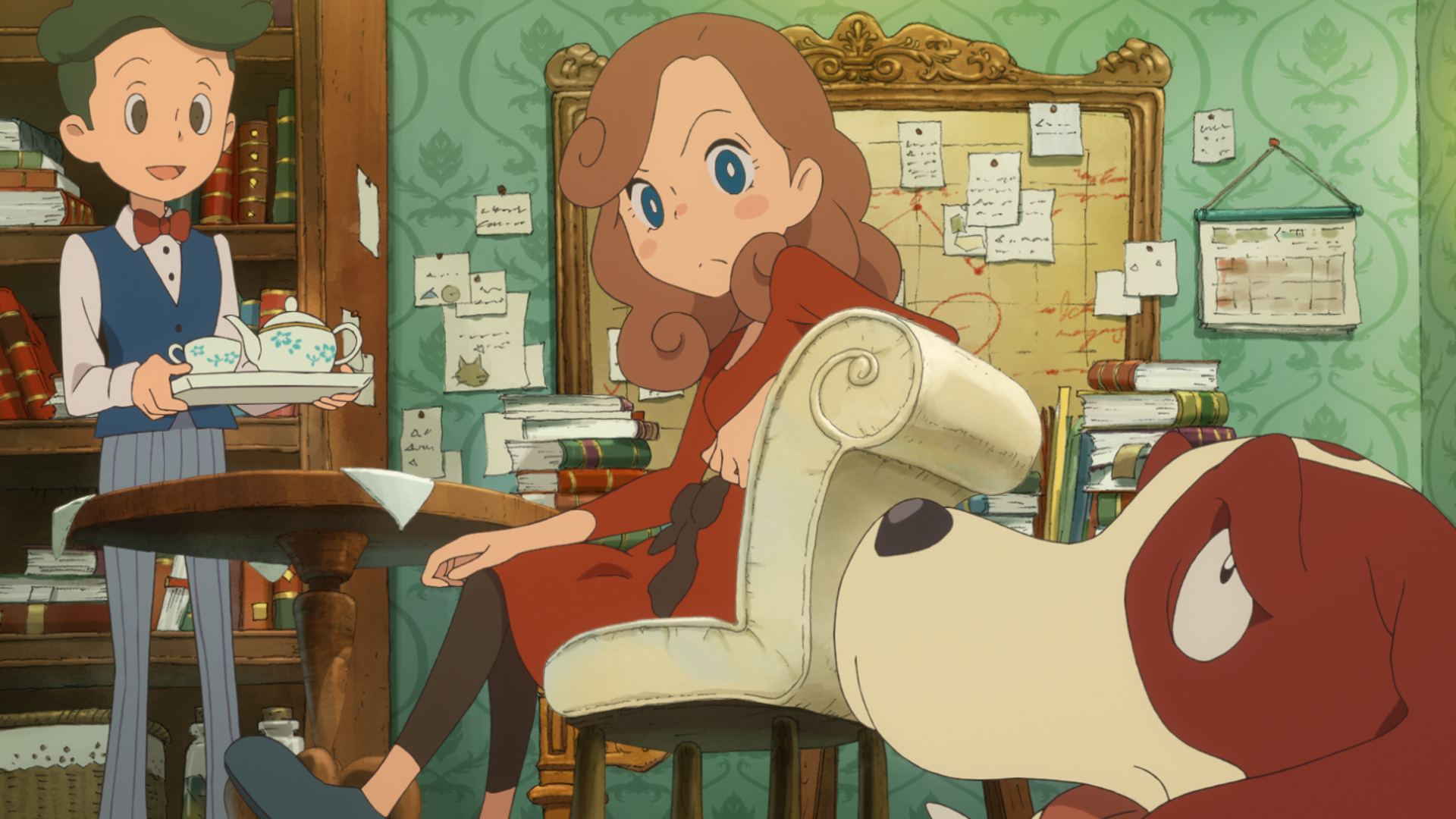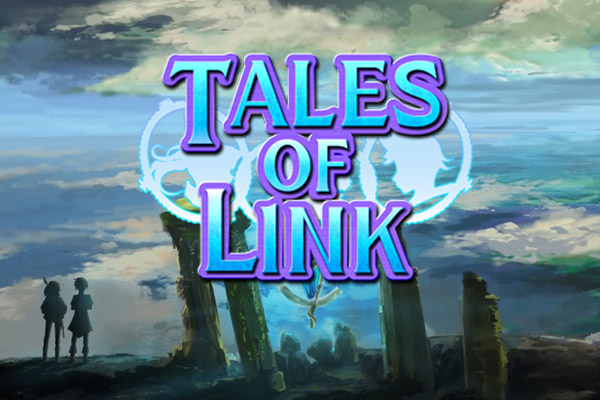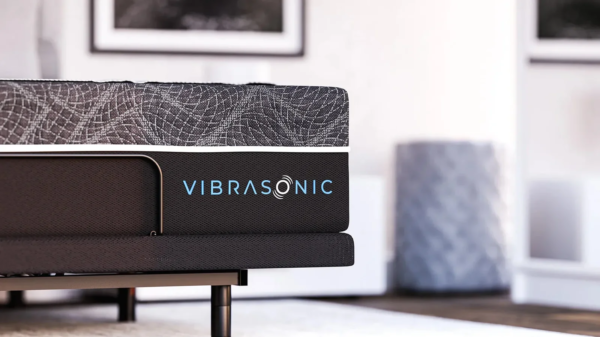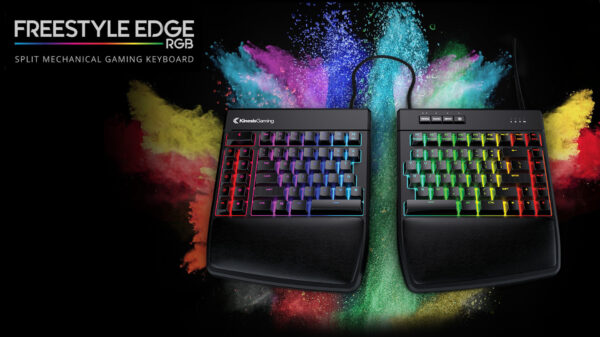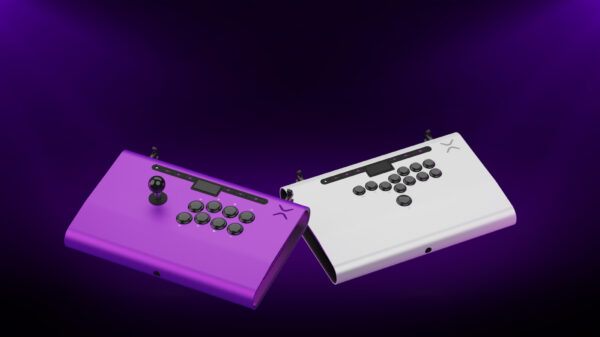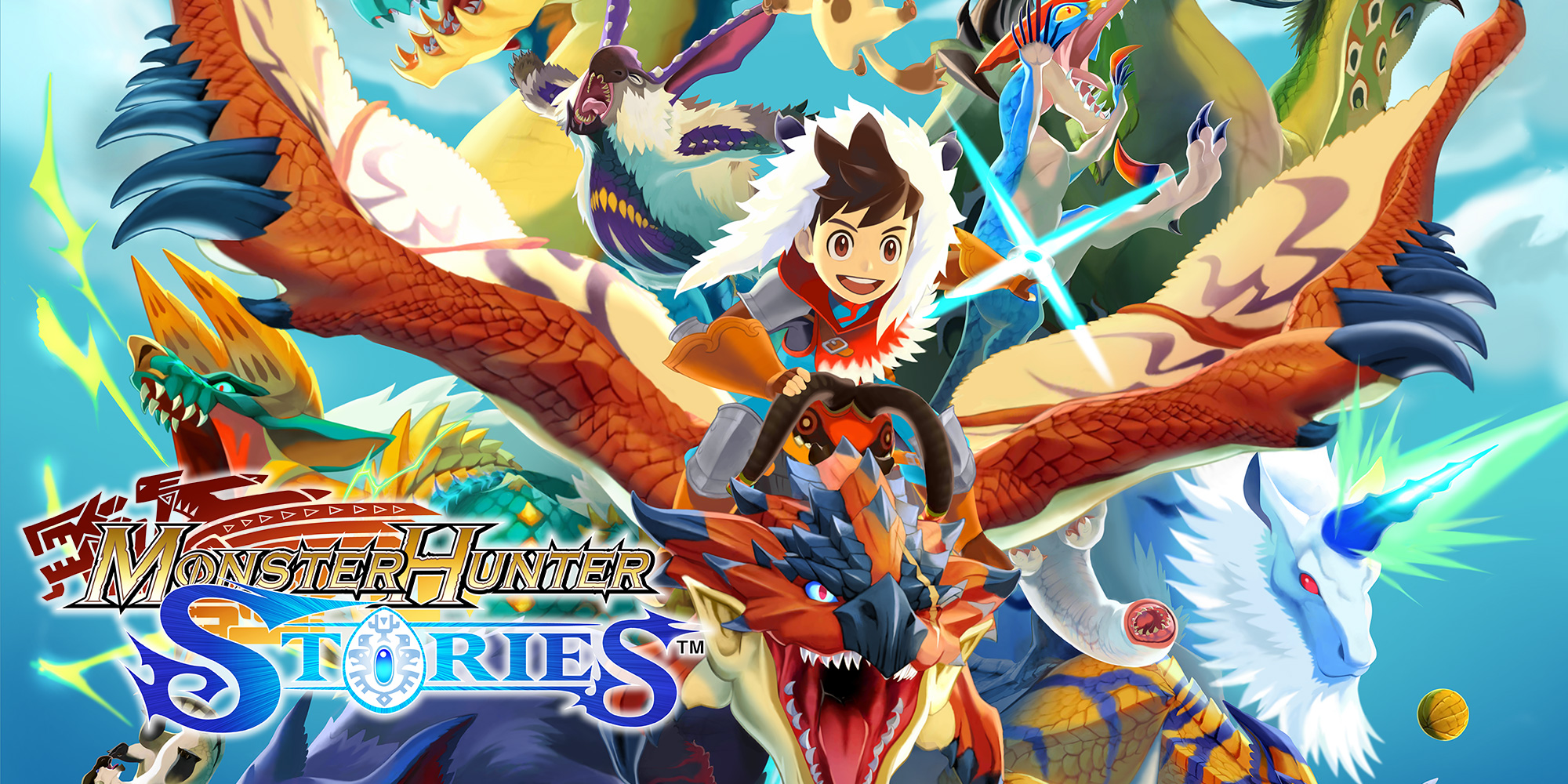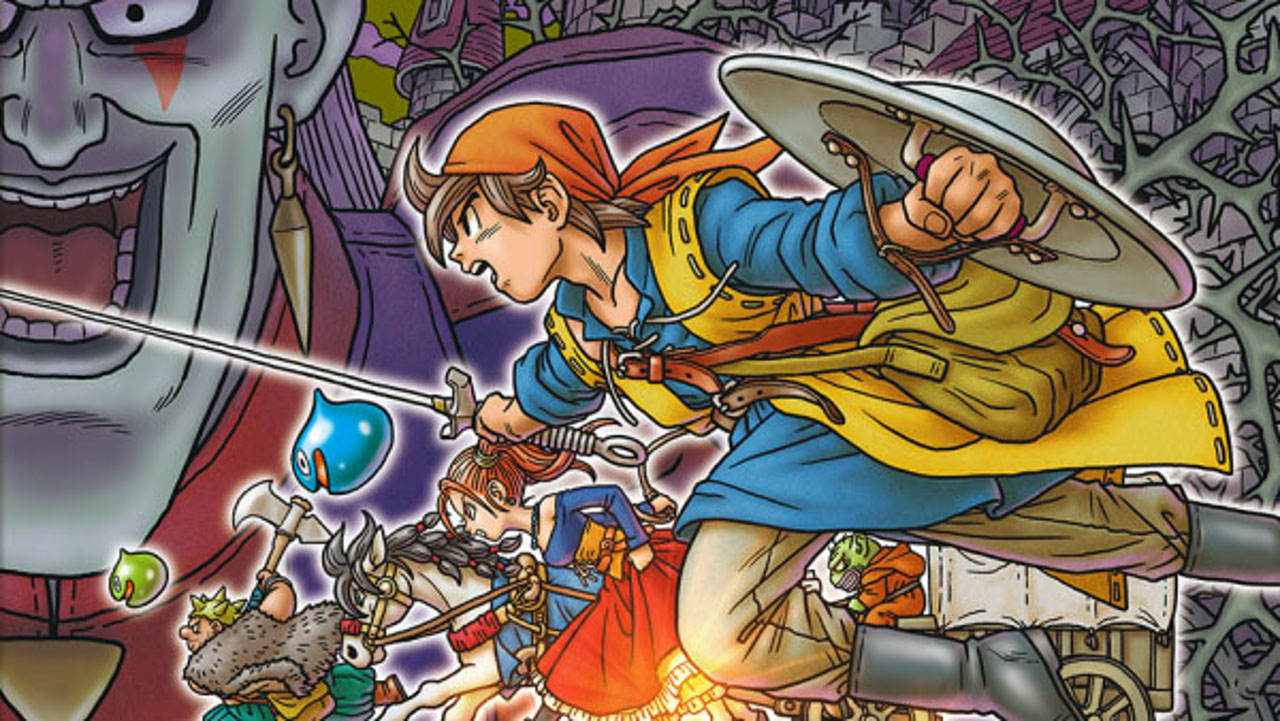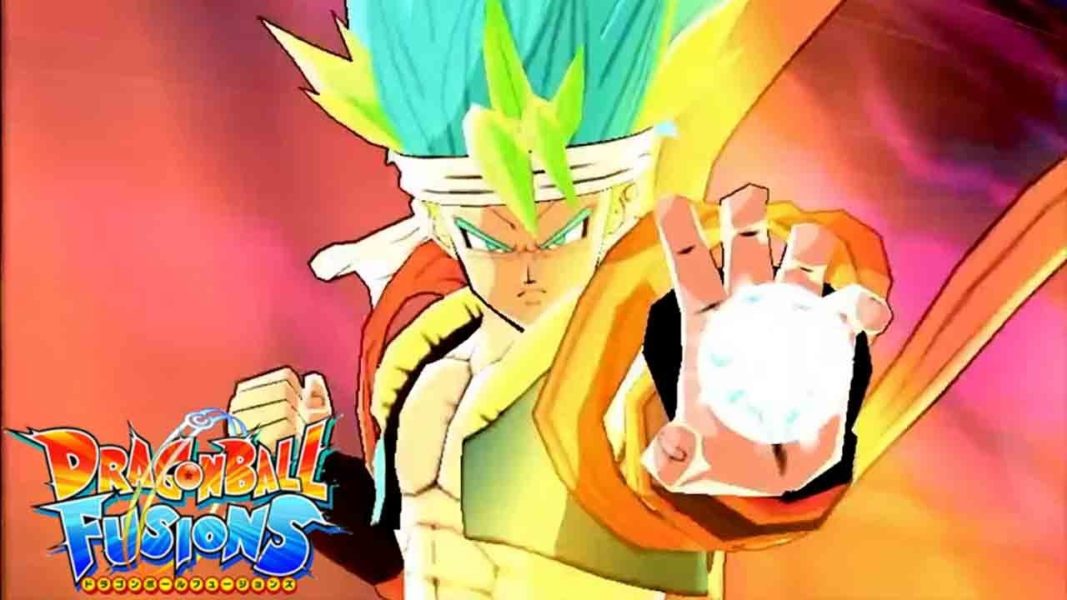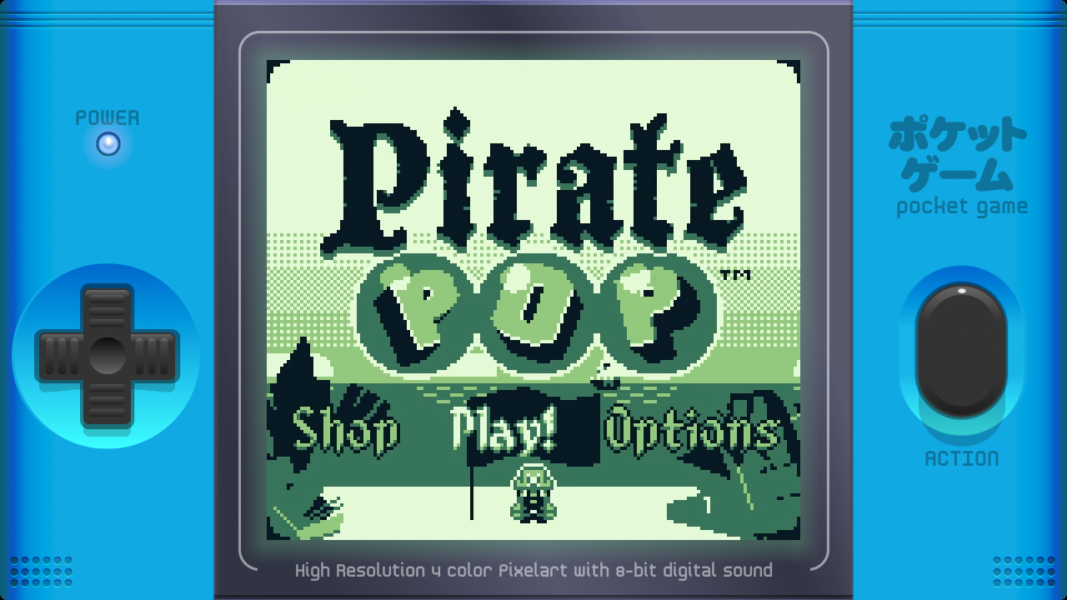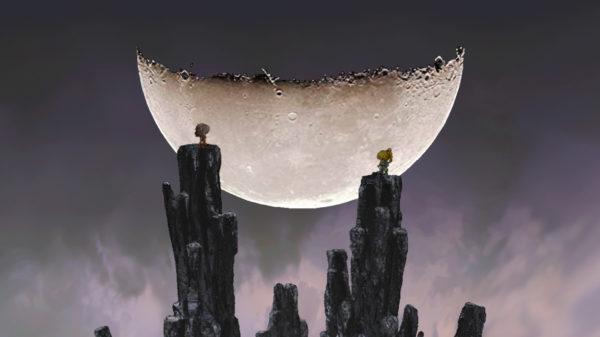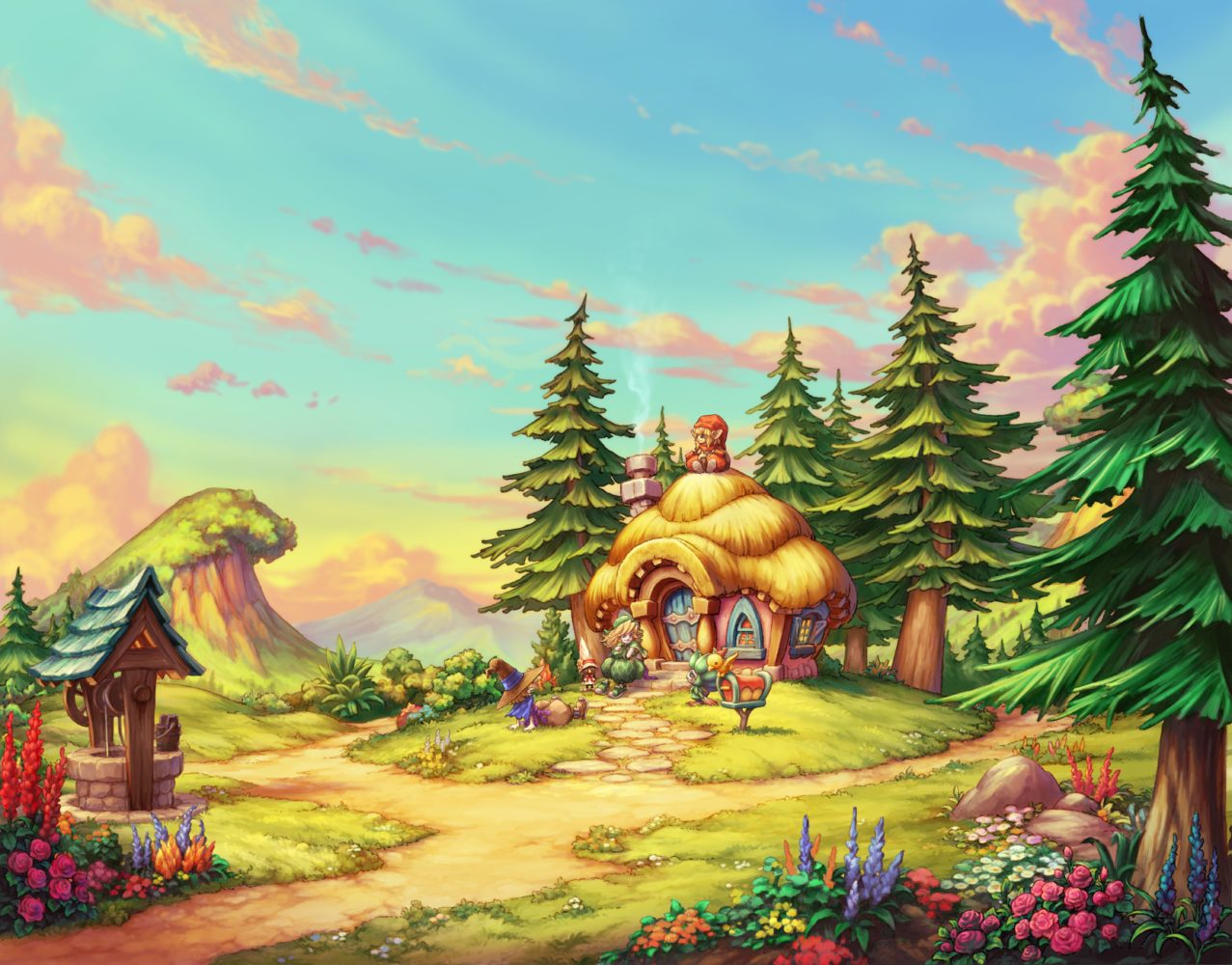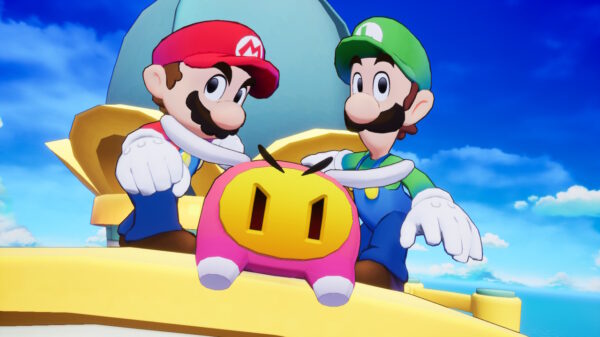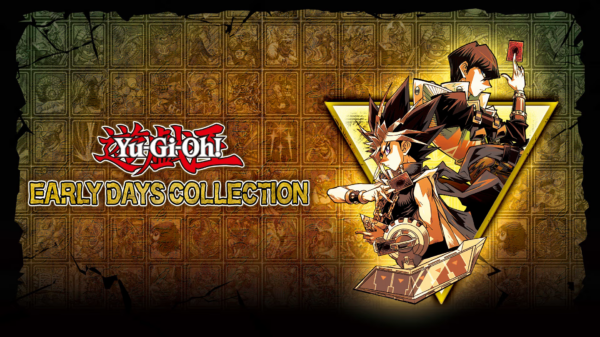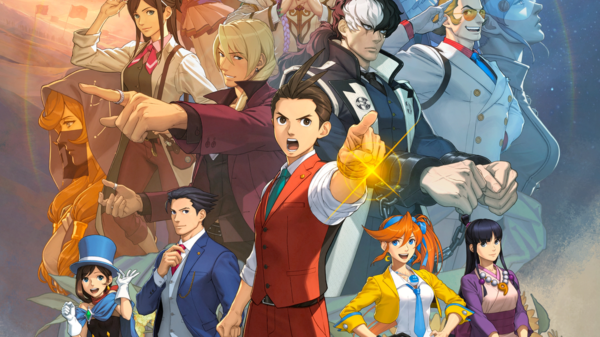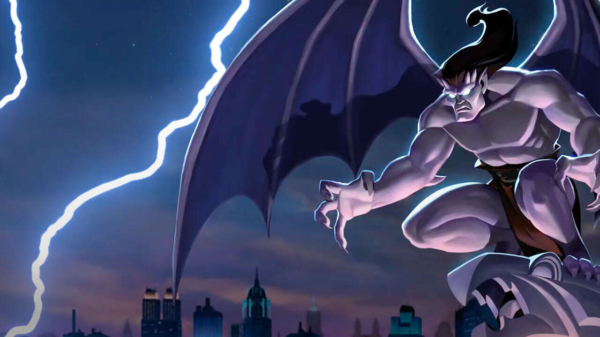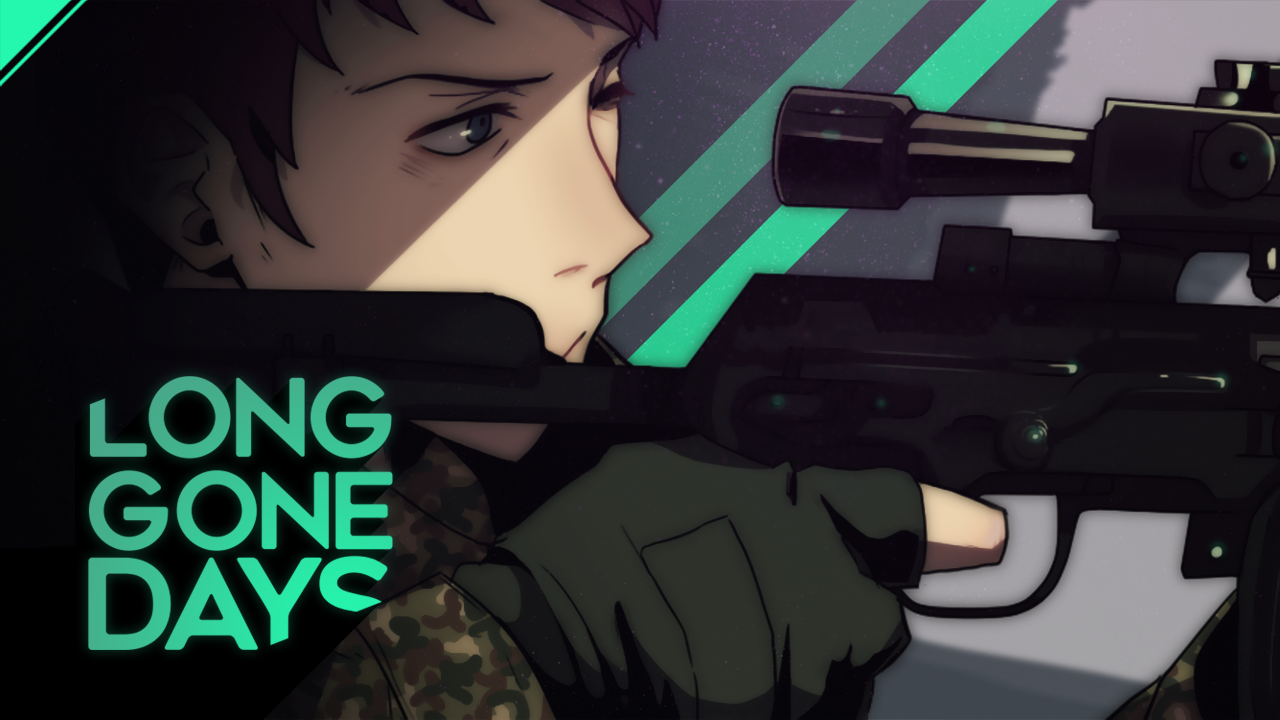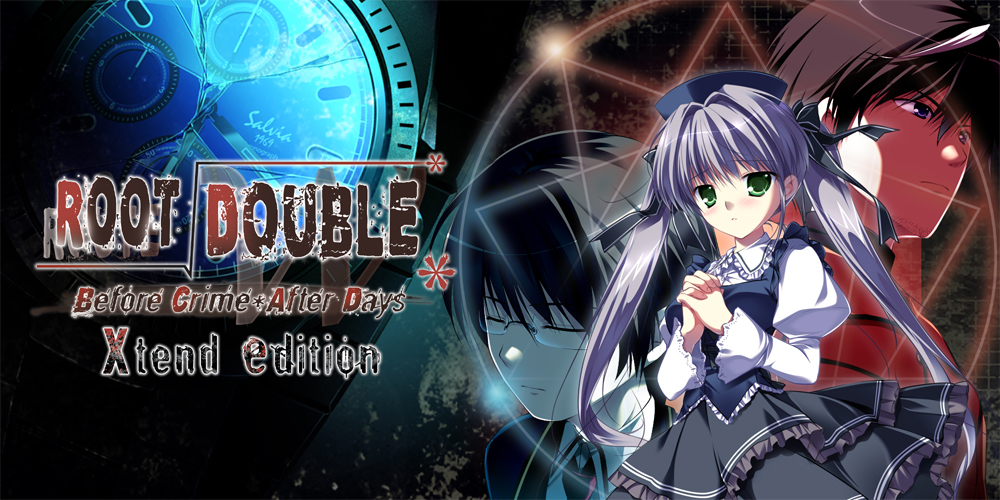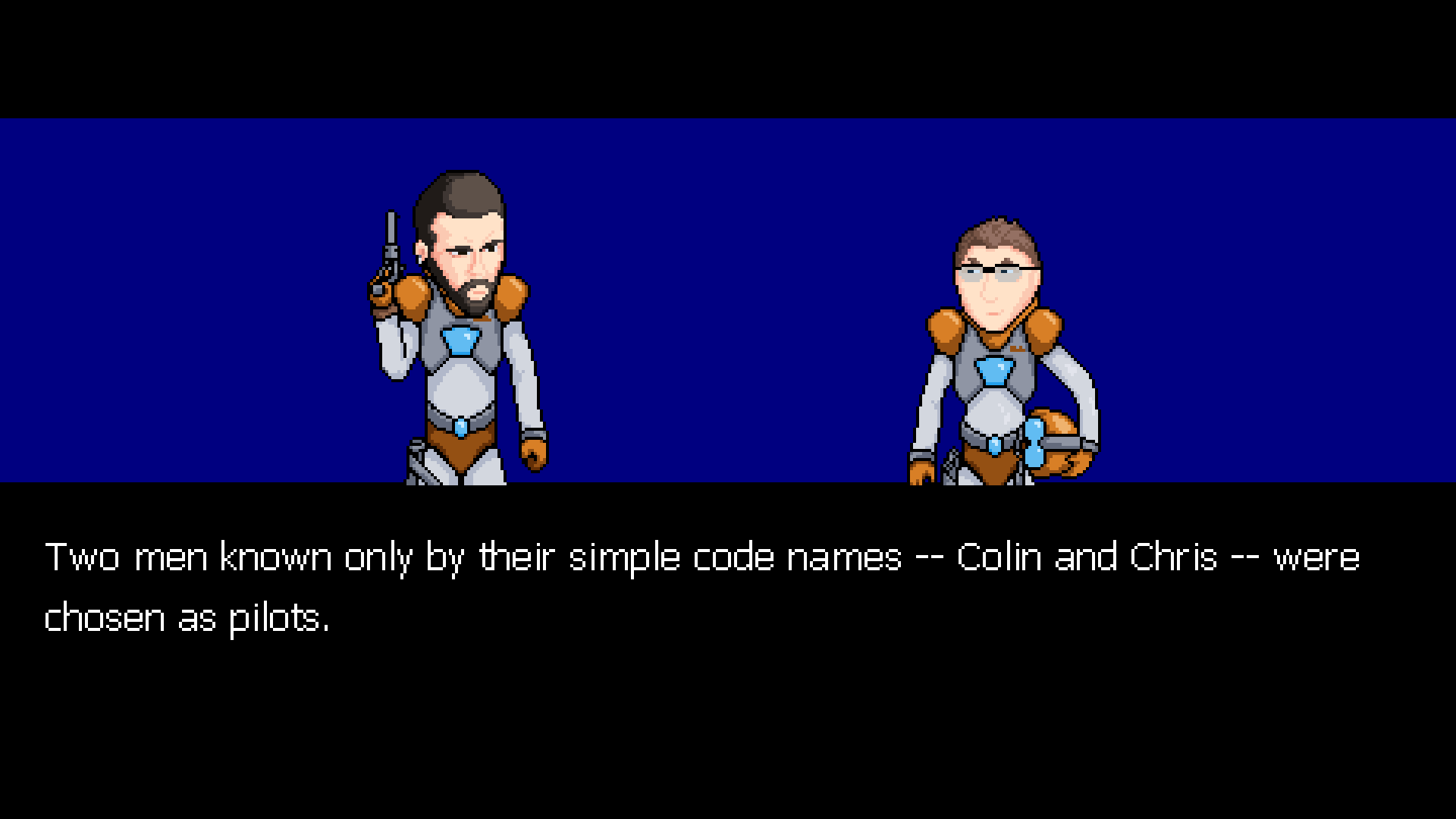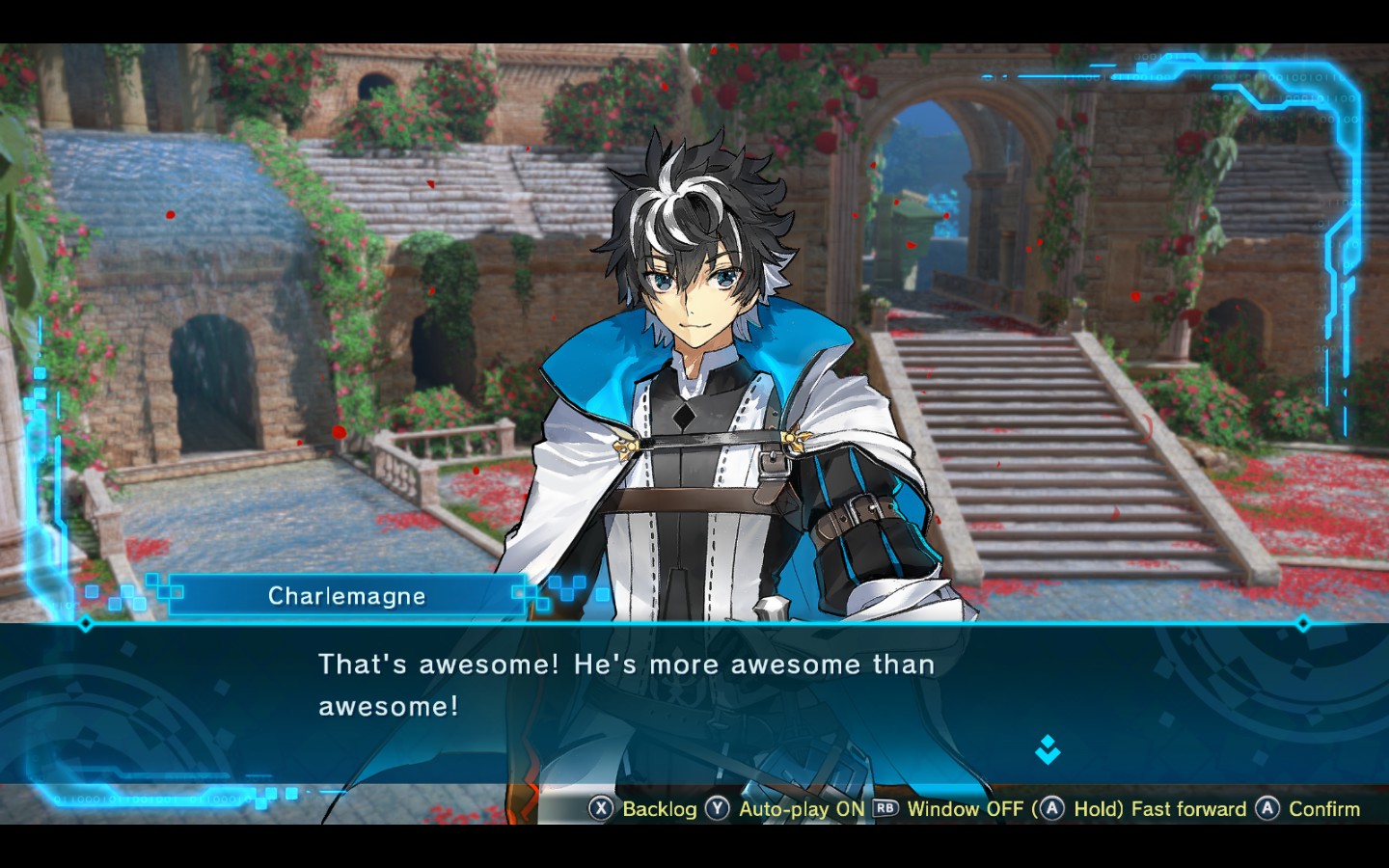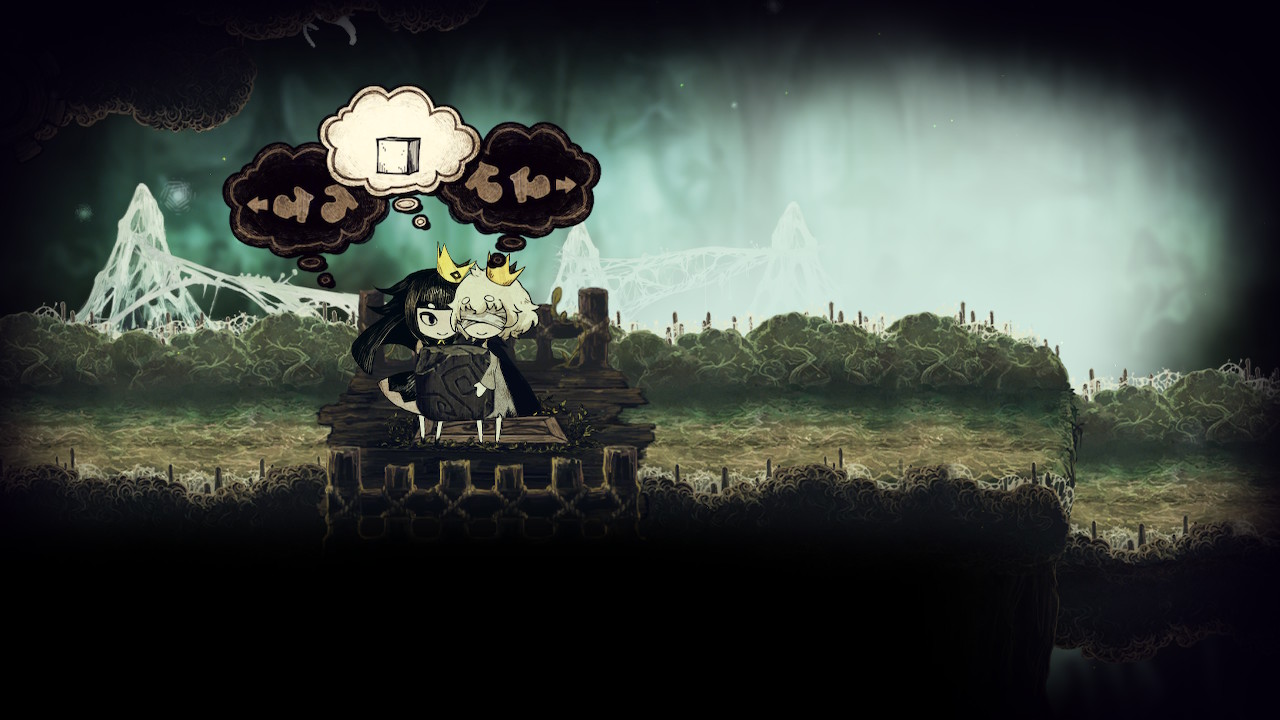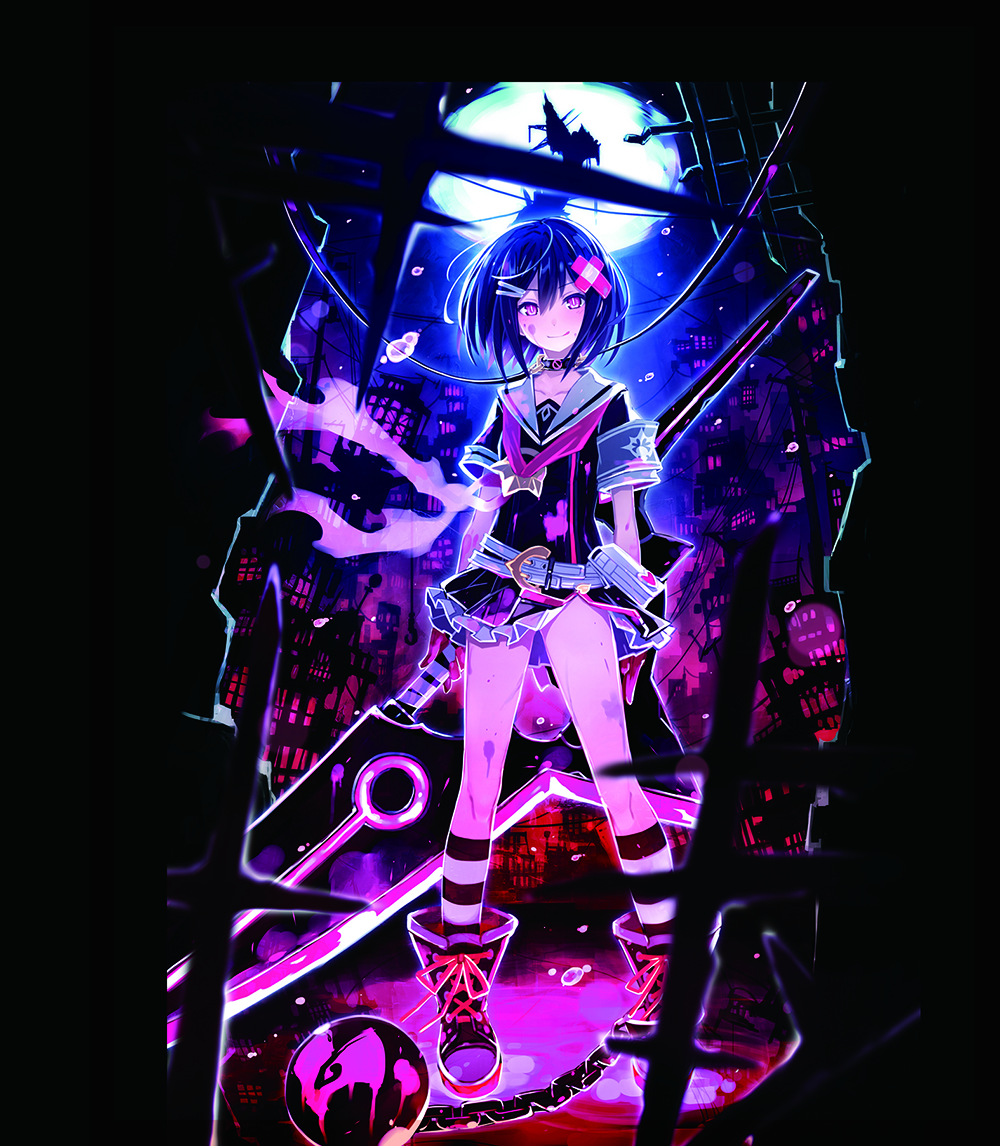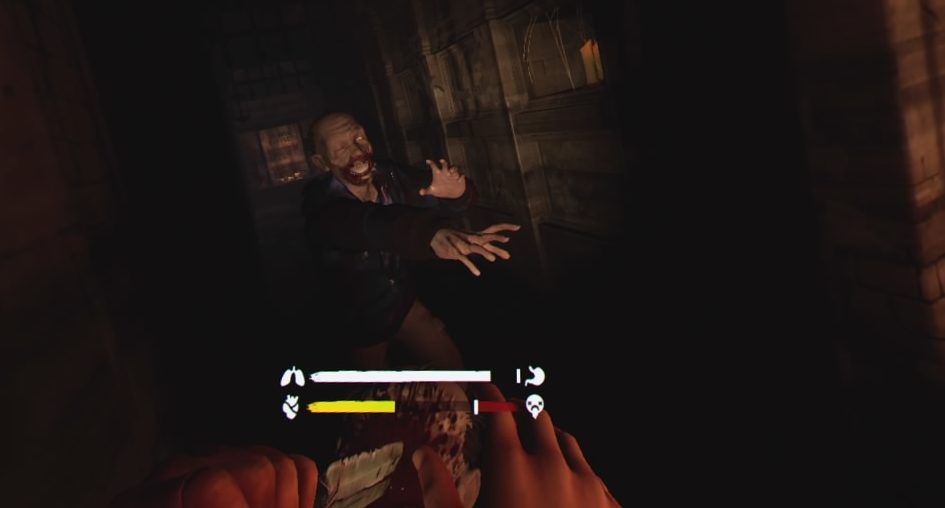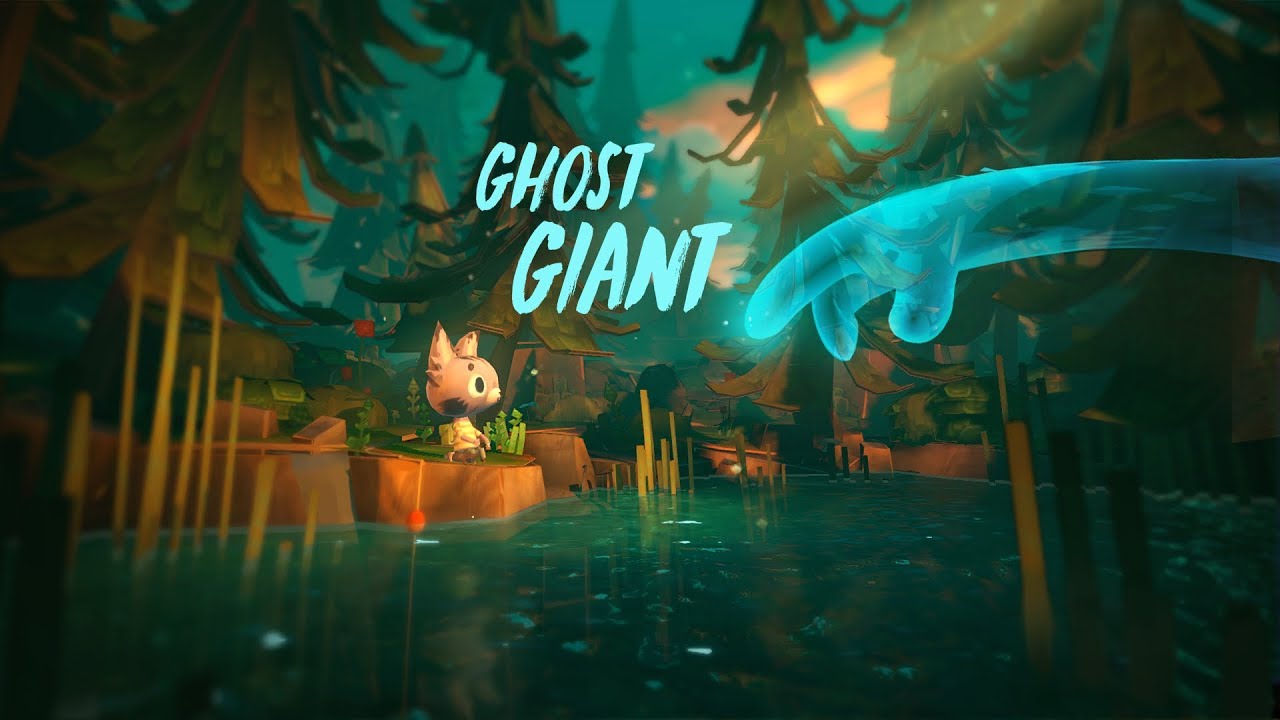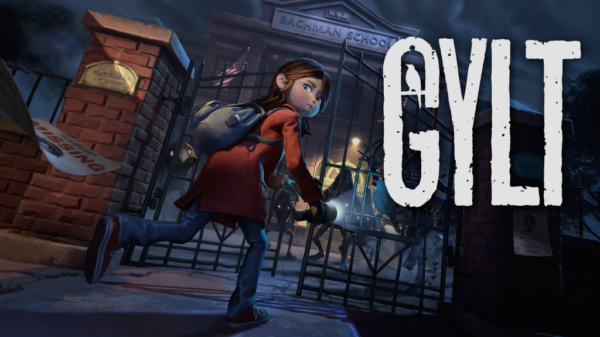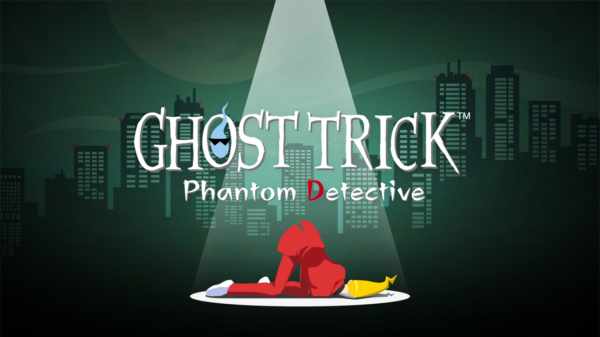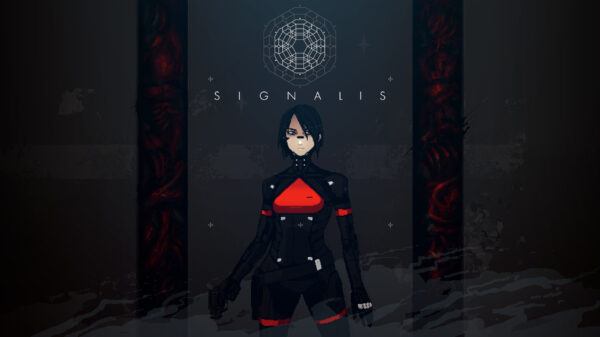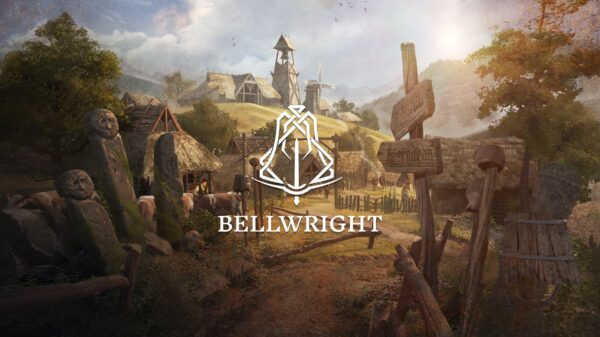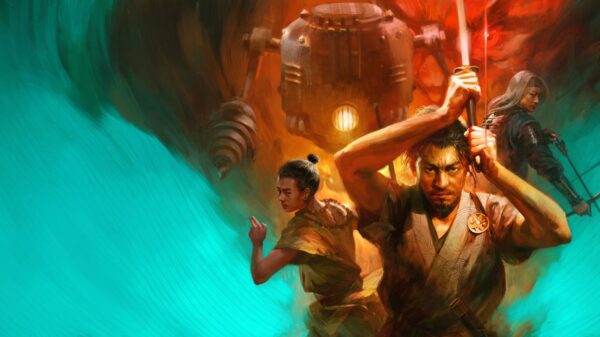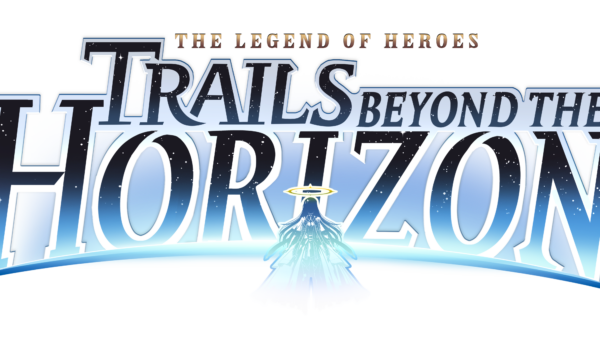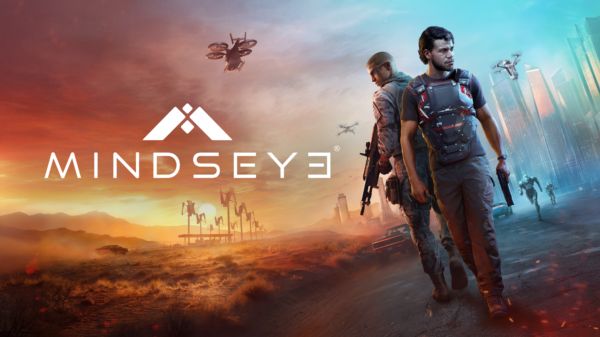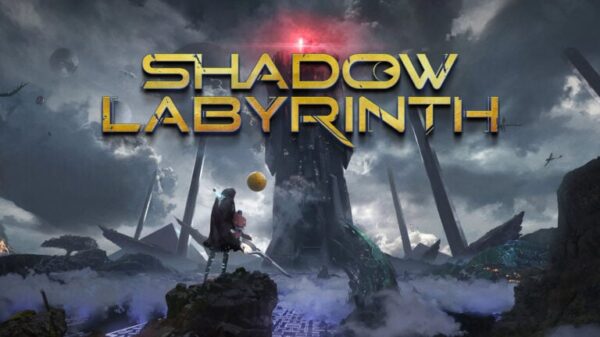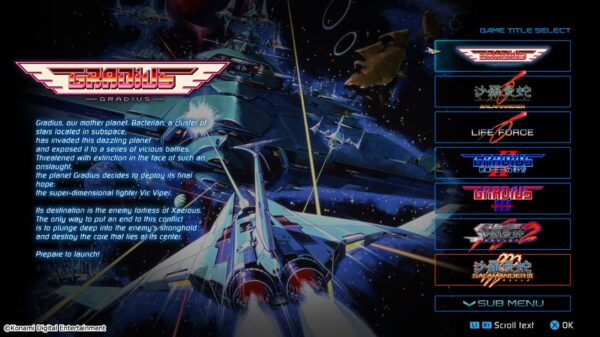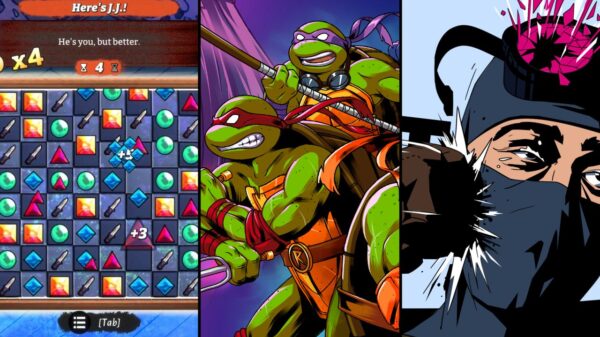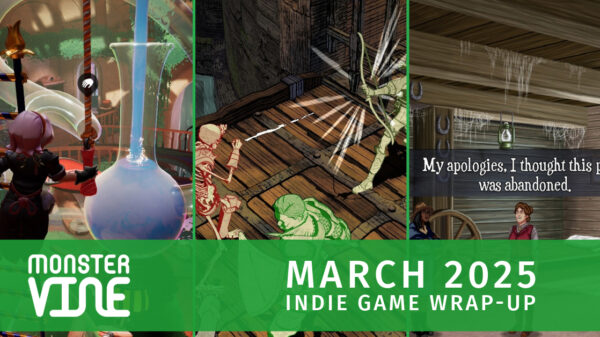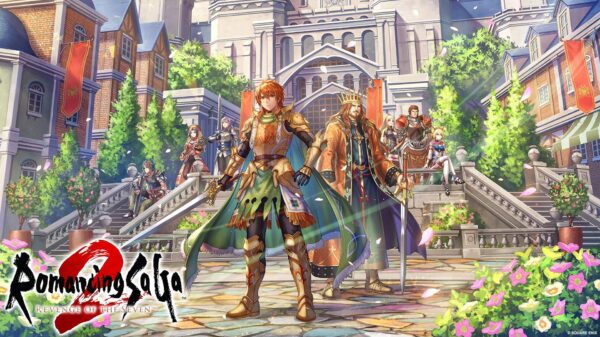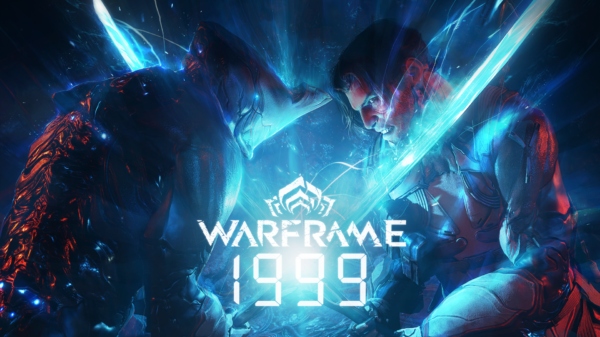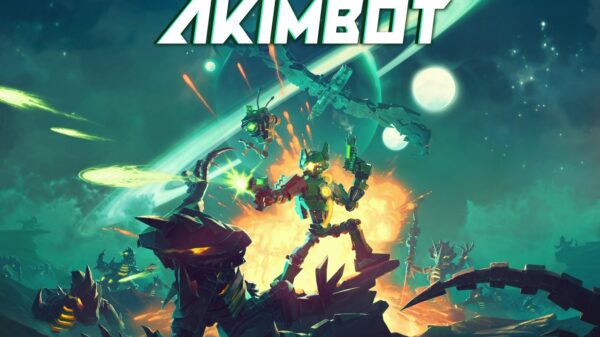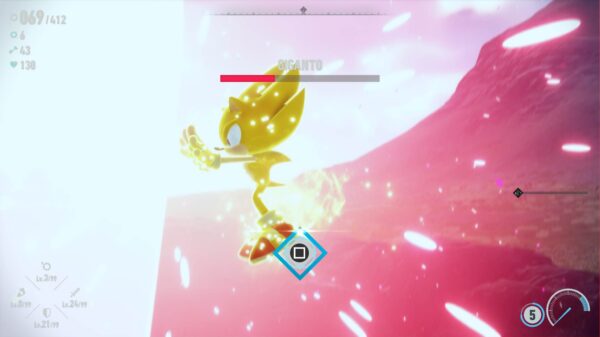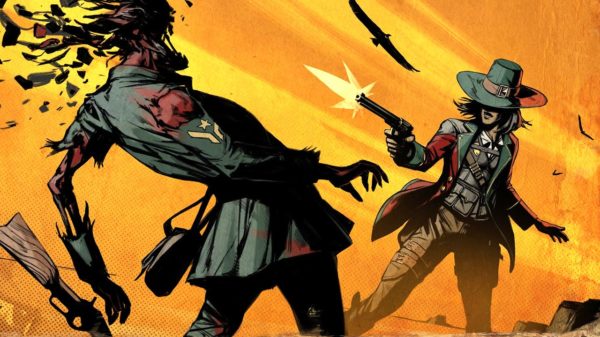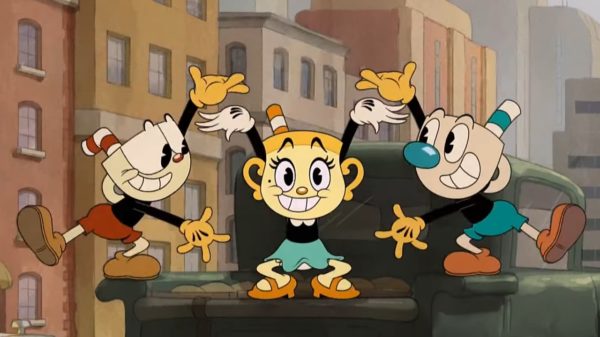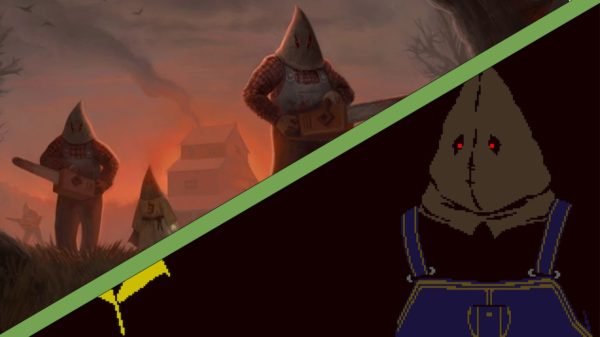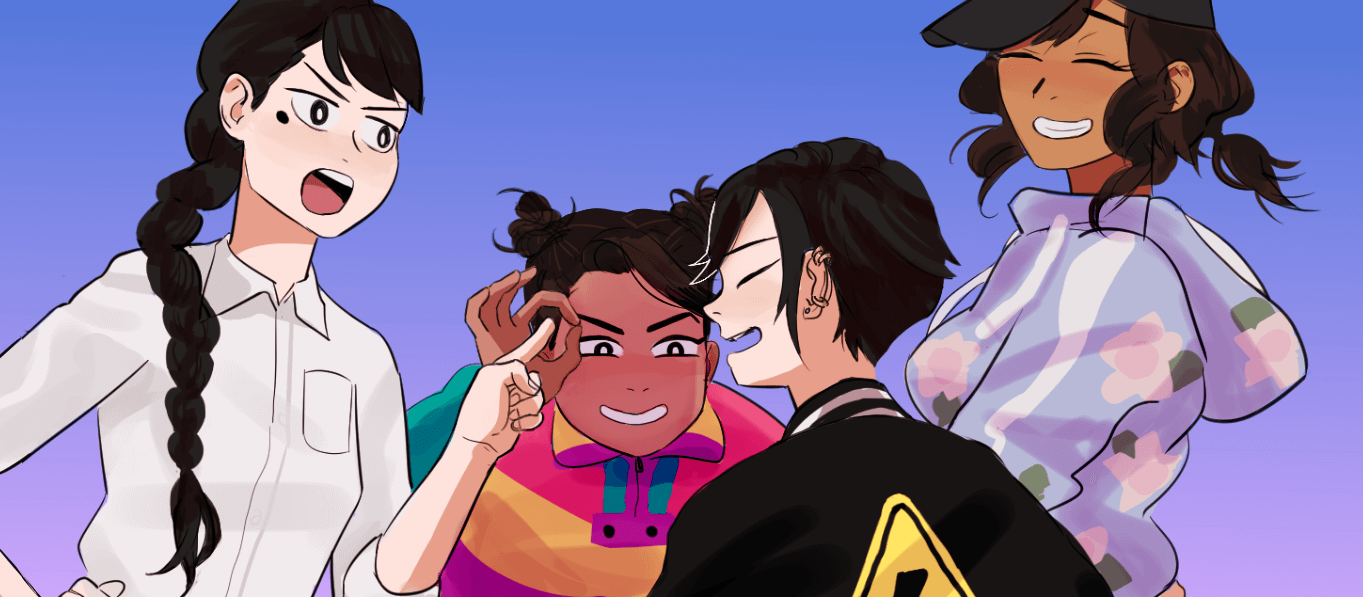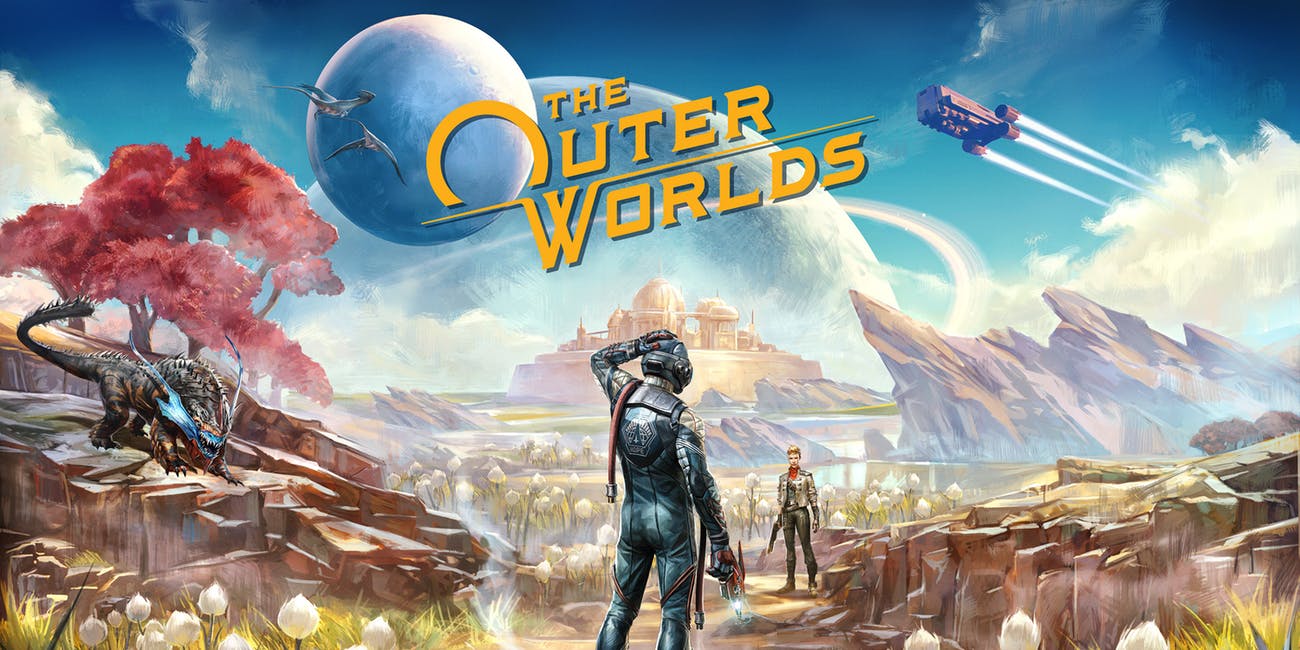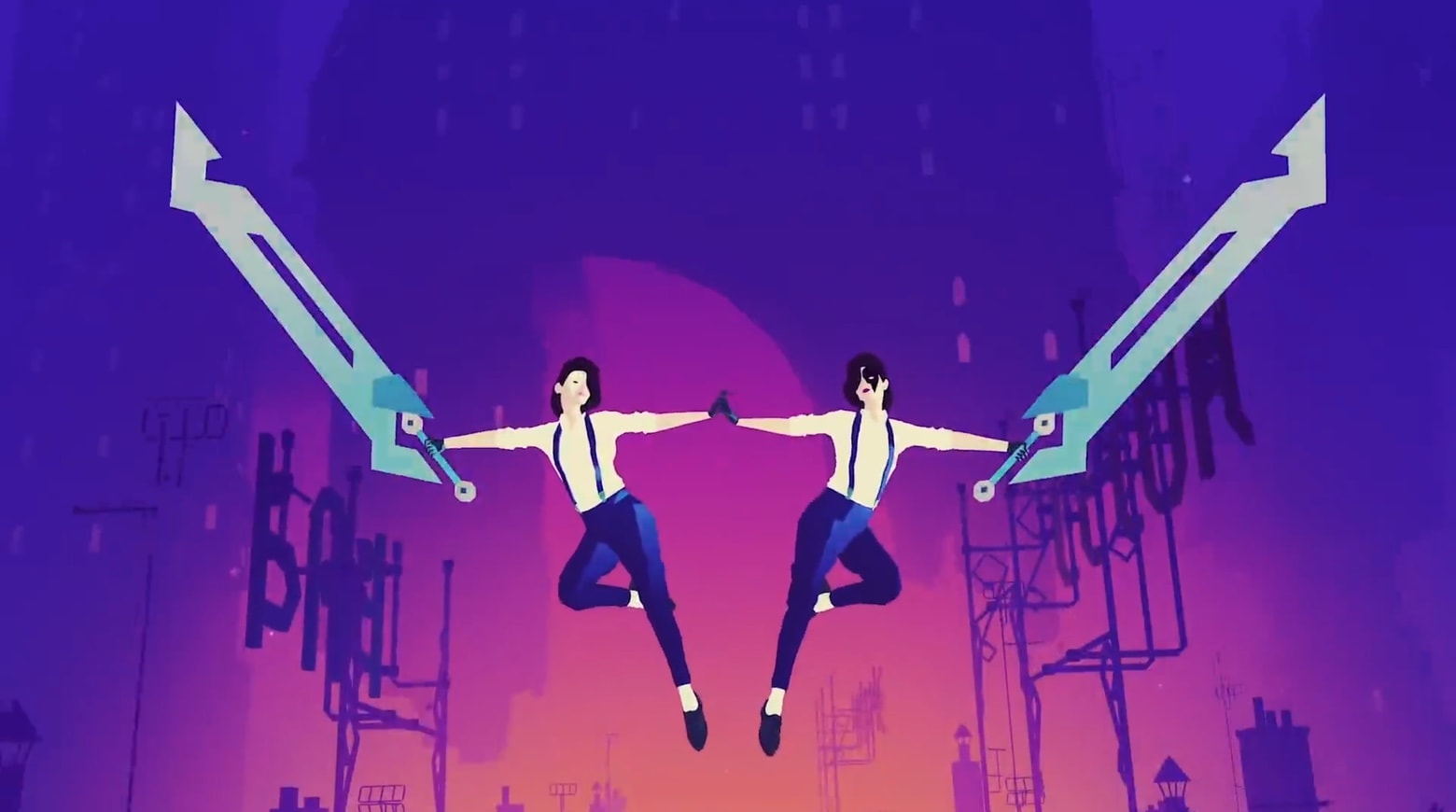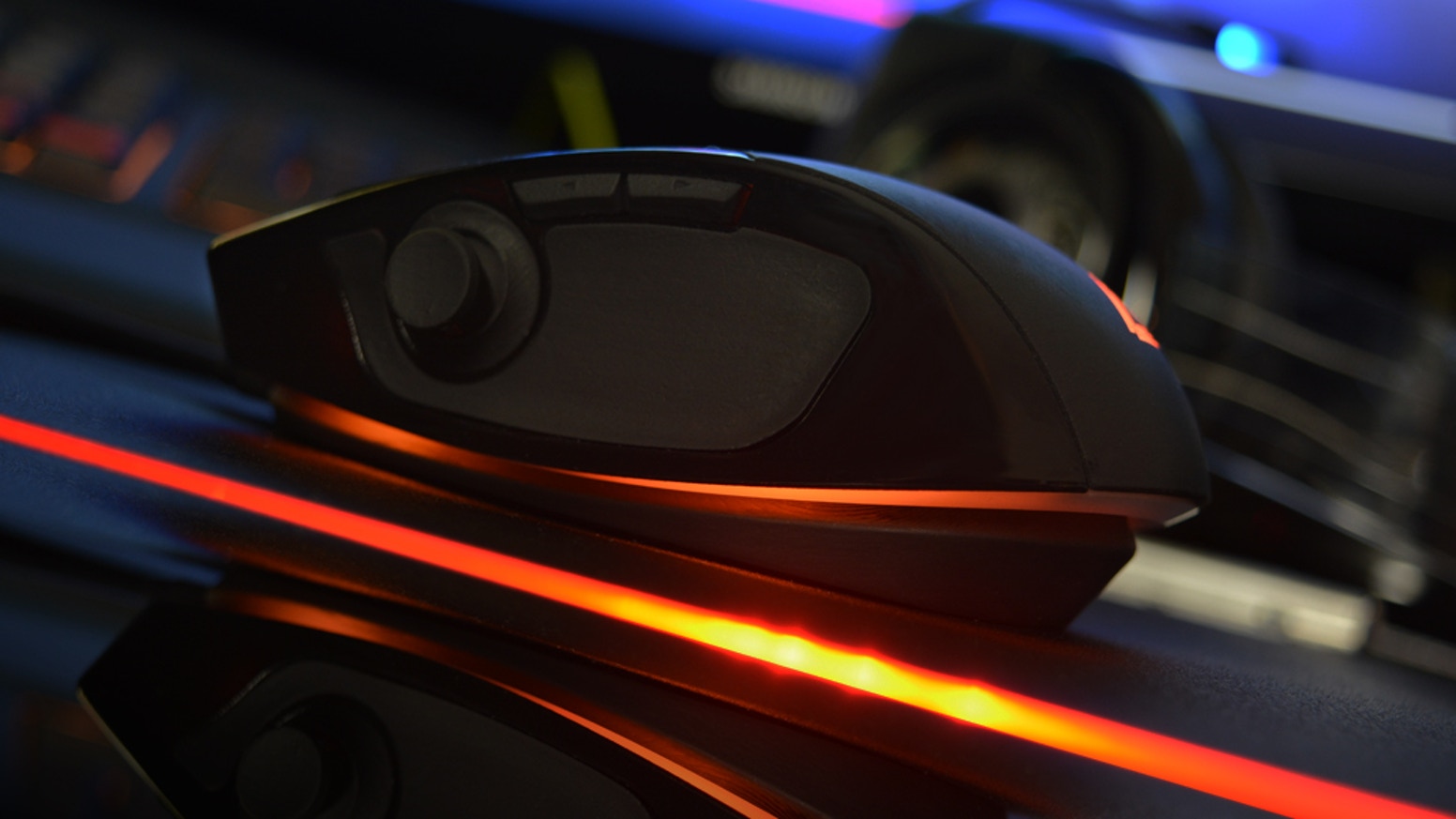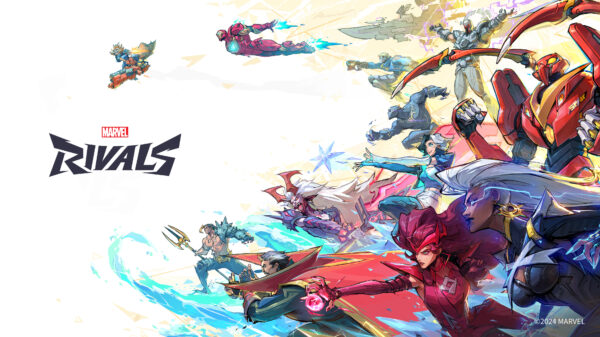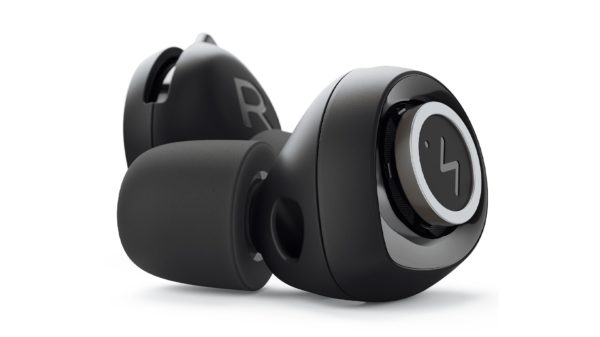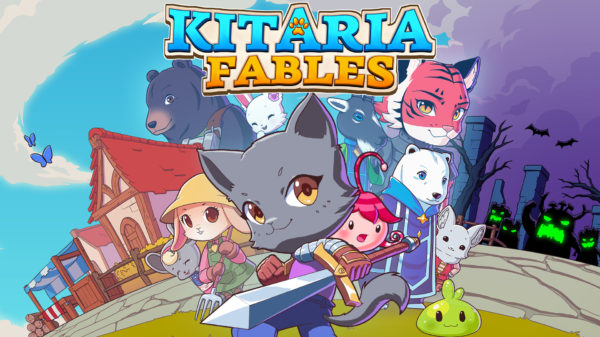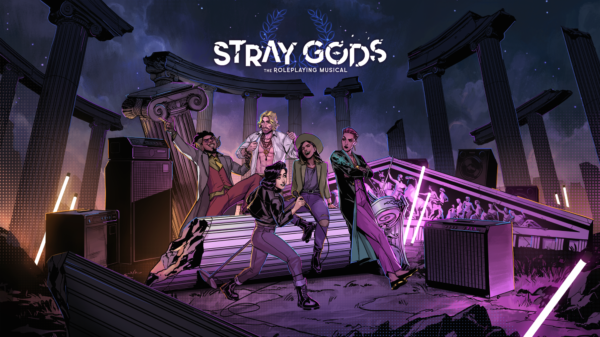Bō: Path of the Teal Lotus is a stylish and impressive looking game, but a few too many rough edges bring down the experience, making it a fun, if not memorable experience.
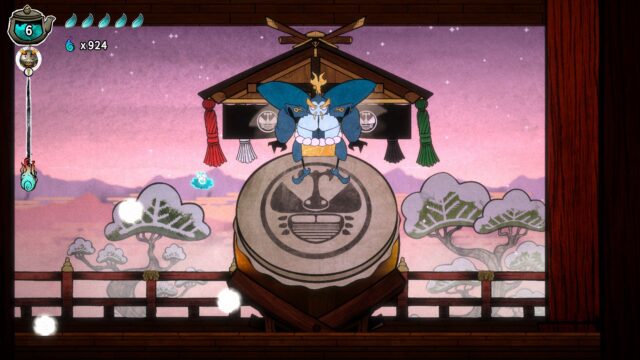
Credit: Squid Shock Studios
Bō: Path of the Teal Lotus
Developer: Squid Shock Studios
Price: $20 USD
Platforms: PC (reviewed), Xbox Series X|S, PlayStation 5, Nintendo Switch
MonsterVine was provided with a PC code for review
Bō: Path of the Teal Lotus is an incredibly good-looking game, but its ambitions are overshadowed by its gameplay. The 2D platformer draws inspiration from challenging platformers and Metroidvanias, resulting in a stylish game that falls somewhere in the middle of both genres. However, it doesn’t particularly stand out in its combat or traversal mechanics.
The game follows Bō, who comes into the world to help defeat a great evil. The art is a hand-drawn painted style, inspired by Japanese art. That inspiration continues into the constructions of the world, with different creatures and monsters from Japanese folklore populating the world. While the main story thread is about preparing to defeat a massive monster seen in the distance, the monster isn’t involved in much of the story. Instead, the tale follows your journey to become more powerful and overcome challenges. The bland story combined with an uninvolved villain makes the story feel like an afterthought and doesn’t compel you to push through.
The gameplay has two main facets; combat and traversal. Combat is focused on performing air combos with your bo staff, keeping yourself in the air by bouncing off enemies. You also gain a jump back when hitting an enemy, providing a way to keep yourself in the air. Unfortunately, this requires you to be up close and personal with enemies and bosses, but Bō: Path of the Teal Lotus doesn’t have the precision for this combat system. Unless you use trial and error, it’s difficult to tell when and if you can make contact with an enemy and not take damage. Some enemies and bosses you can move past them without taking damage, some enemies deal damage on contact. The second type is much more frustrating since you can dodge every incoming attack, but take damage during your air combo because they shifted slightly.
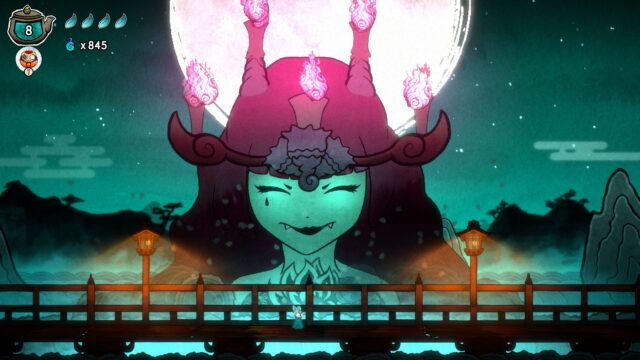
Credit: Squid Shock Studios
Your options for customizing how you tackle combat are fairly limited. As you progress through the game, you unlock new movement abilities and attacks, although these feel designed around platforming and not necessarily combat. Some, like the bat, which allows you to launch specific types of projectiles, can be used well in combat, but the rest are far too situational, outside of the dash. In rare cases, the grapple and bat can be used well, but because these abilities can only be used when a specific item is present, the fights these can be used are designed for them, as opposed to them just being more tools in your tool belt.
Traversal is the highlight of the two main gameplay components, but only in brief moments where the game allows you to flow. Using the different abilities you unlock, you need to navigate across areas rapidly using your different abilities.
Unfortunately, there are two major frustrations when it comes to platforming. First is that some of the abilities are too limited in their use, which forces the platforming to narrow its focus. There are long sections focused on whatever the most recent ability is, and in the case of the grapple, it really limits the design. All these sections feature you trying to get close enough to the grapple point to use the grapple and then doing that from area to area. There are late-game sections that mix all of the abilities together that really shine with variety and show that the platforming can be great when you are allowed to use every tool in your belt.
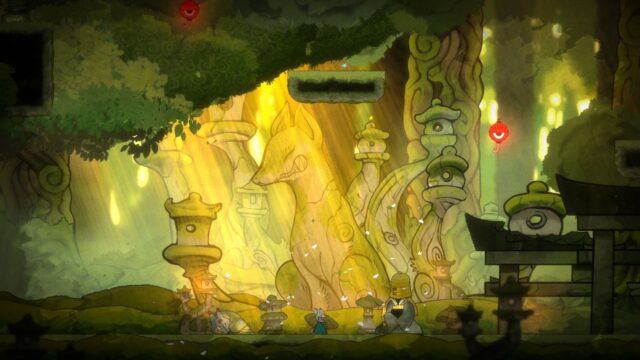
Credit: Squid Shock Studios
The other major frustration is that some sections feature spikes or fire, which only deal one hit of damage to you. They do however cause you to reset immediately, forcing a loading screen and giving you a seemingly random checkpoint. Even in cases where you are physically on safe ground but touch one of these to your left or right, you get reset, sometimes to not even where you are standing. Bō: Path of the Teal Lotus is not a particularly difficult game, so this reset feels like an added punishment that only serves to frustrate. Considering you lose health and can still die from these spikes, it feels out of place to force a reset, especially when the reset places you further back than expected. These spikes also really highlight just how imprecise the movement in Bō: Path of the Teal Lotus is. Normally, the fact that you float too much or don’t quite have perfect control over Bo doesn’t really matter, but when making contact with a spike results in a loading screen, it becomes apparent that you can never move exactly how you want to.
Its biggest Metroidvania inspiration comes from its second and third areas. After clearing the first area, you reach Sakura City, which serves as a main hub. From there, the next two areas branch off to the east and west of the city. These areas have different sections which require you to have unlocked new abilities. The way these abilities are doled out requires you to go back and forth between the two areas, multiple times. This misses the point of having an interconnected map where new abilities let you reach new areas since you have to completely leave one section and go to another every time you finish an objective. The second problem is that fast travel points are a little too spaced out, making it feel like a slog to head to another area, especially when it reaches the third and fourth time.
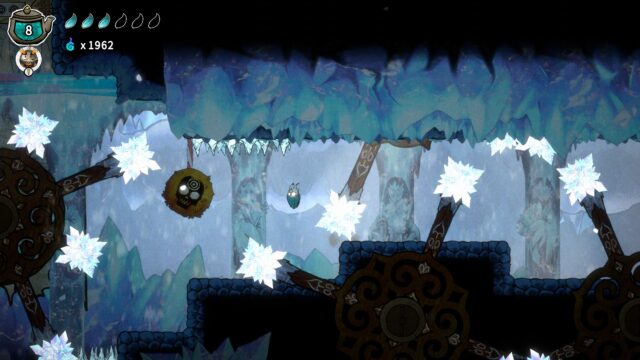
Credit: Squid Shock Studios
Bō: Path of the Teal Lotus does excel in two areas, art and most boss fights. The game’s hand drawn art looks incredible, with each new area offering new styles to look at. It looks great in motion when moving through it and when you are in a stationary area, like during a boss fight. Most boss fights blend all of the abilities you have so far with fast-paced combat and some traversal needs. When you are given an arena to use everything you have at your disposal, Bō: Path of the Teal Lotus feels incredibly fluid and shows its potential.
 The Final Word
The Final Word
While incredibly gorgeous, and filled with small moments of greatness, Bō: Path of the Teal Lotus suffers from several rough edges in its combat, platforming, and level design. None of these make a bad game by themselves, but the frustrations mount over time, dragging down what could have been a special experience.
MonsterVine Rating: 3 out of 5 – Average

